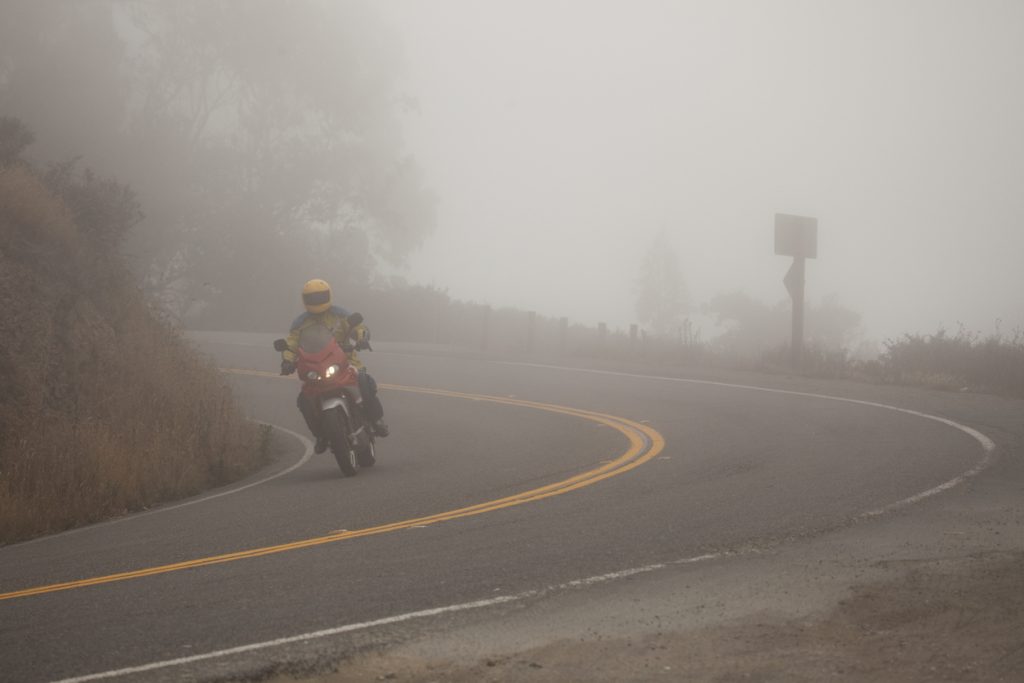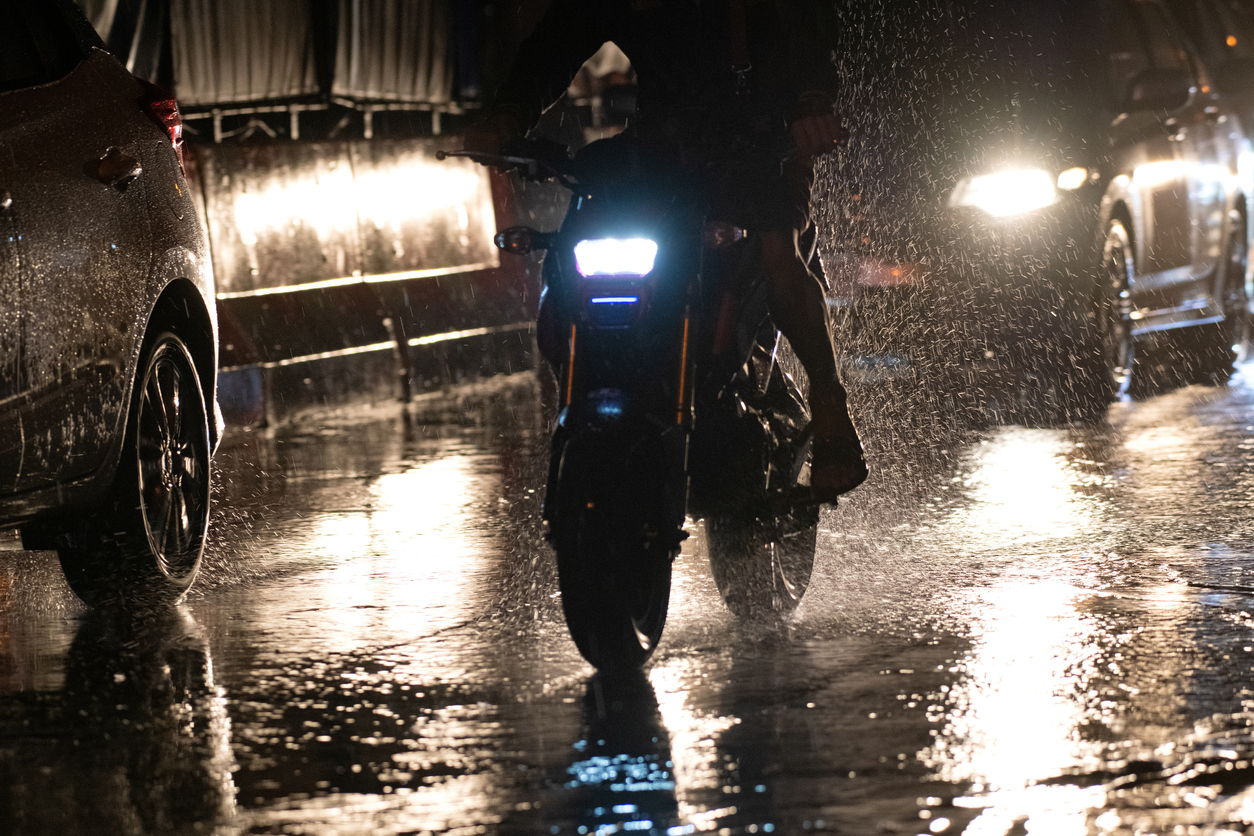Riding a motorcycle across Texas offers wide roads, scenic highways, and unmatched freedom. However, riders often face risks from the unpredictable and extreme weather common across the state. From sweltering summer heat to heavy rainstorms and sudden winds, Texas weather significantly increases the likelihood of motorcycle accidents in Texas. These accidents don’t just happen because of rider error but are often closely tied to changing environmental factors.
Unlike cars, motorcycles offer little protection against the elements. Riders are exposed to weather changes in real time, and their ability to adapt quickly determines their safety. Whether traveling through urban centers or rural highways, understanding how weather contributes to motorcycle accidents in Texas is essential to promoting safe riding practices.
The Impact of Extreme Heat on Motorcycle Accidents in Texas
Texas summers are brutal. Temperatures can climb well above 100°F, and heat waves can last for weeks. Prolonged exposure to high temperatures causes fatigue, dehydration, and reduced concentration—all of which heighten the risk of motorcycle accidents in Texas. When the body overheats, response time slows, making it difficult for riders to react quickly to traffic or obstacles.
Road surfaces also change under extreme heat. Asphalt becomes soft and slick, reducing tire grip. Heat can affect tire pressure, making motorcycles more unstable, especially during long rides. Brake systems and engines are prone to overheating too, potentially leading to mechanical failure.
In high-heat environments, even a moment of lost focus can lead to devastating outcomes. Many motorcycle accidents in Texas occur during summer months when the physical toll of heat on riders is at its peak.
How Sudden Rainfall Leads to Motorcycle Accidents in Texas
Texas weather is notorious for sudden thunderstorms. These storms often strike without warning, transforming dry roads into slippery surfaces. When rain first hits the pavement, it mixes with oil and dust, making the roads slicker than they appear. This loss of traction becomes especially dangerous for two-wheeled vehicles.
Rain also limits visibility. Riders may struggle to see clearly through fogged visors or water-covered windshields. Poor visibility significantly increases the chances of rear-end collisions and lane departures. Hydroplaning becomes another major hazard as motorcycles lose contact with the road due to a thin layer of water.
Flooding is common after intense rain in low-lying areas, and riding through standing water can result in loss of control or hidden road hazards. Riders unaware of how deep the water is may end up in a crash. Without warning, these wet weather conditions often lead to severe motorcycle accidents in Texas.
Strong Winds and Motorcycle Accidents in Texas Highways
Texas plains and open roads are often battered by gusty winds and sudden crosswinds. While cars can absorb these forces, motorcycles are more vulnerable due to their lighter frame. Sudden wind bursts can push a rider into another lane or off the road entirely.
Passing large trucks or traveling through open fields can expose riders to unpredictable gusts. Wind turbulence created by other vehicles also adds instability. Riders must continuously adjust their balance, and any delay or overcorrection can result in an accident.
Because of the frequency of wind-related crashes, many motorcycle accidents in Texas involve wind as either a contributing or primary factor. Maintaining proper lane control and body posture during high winds is difficult and can lead to tragic outcomes, even for seasoned riders.

Fog and Visibility-Related Motorcycle Accidents in Texas
Visibility plays a huge role in rider safety. During early morning or night rides, fog often forms in valleys or near water bodies. This fog limits vision significantly and creates an invisible wall that reduces a rider’s reaction time. Without clear vision, it becomes difficult to detect other vehicles, traffic signs, or road hazards.
Motorcycles are harder to see than larger vehicles, especially in low-visibility conditions. Even with headlights on, fog can reflect light and create glare, making it difficult for both riders and drivers to spot each other. A common cause of motorcycle accidents in Texas is drivers failing to see an oncoming rider in time due to fog.
Distance perception becomes skewed in such environments, making overtaking or lane-changing maneuvers dangerous. Riders unaware of the terrain ahead may find themselves cornering too fast or failing to notice a stop sign—leading to potentially fatal incidents.
Cold Weather and Its Role in Motorcycle Accidents in Texas
While Texas is known for its heat, it does experience sudden cold fronts and occasional icy conditions during the winter. These weather changes present their own risks. Black ice is particularly dangerous—it’s nearly invisible and incredibly slippery. Motorcycles, with their limited tire surface, are far more likely to skid on icy patches.
Icy conditions affect traction, braking efficiency, and steering control. Tire rubber hardens in cold temperatures, reducing grip on the road. Riders in northern parts of the state are particularly susceptible to crashes during early morning rides or after overnight freezes.
Cold temperatures also affect motorcycle performance. Engines may stall, and batteries may die without warning. Many motorcycle accidents in Texas during winter months stem from a combination of road conditions and mechanical issues triggered by the cold.
How Weather Damages Roads and Leads to Motorcycle Accidents in Texas
Texas roads go through seasonal temperature fluctuations, which take a toll on infrastructure. Repeated freezing and thawing cycles cause the pavement to crack, buckle, or form potholes. These defects pose a significant risk for motorcyclists. Even small surface changes can cause a bike to lose stability.
After heavy rain, sand and gravel often wash onto roads, creating unexpected slippery patches. Loose gravel on highways and turns is a leading cause of loss-of-control crashes. Riders don’t always see these hazards in time, especially in poor visibility or during turns.
Long-term neglect of damaged roads compounds the problem. When infrastructure fails to meet safety standards, it increases the frequency of motorcycle accidents in Texas, particularly in areas with high rider traffic or ongoing construction zones.
As discussed in the causes of motorcycle accidents in Texas, infrastructure combined with harsh climate can be deadly. Many accidents are preventable with timely repairs and rider caution, but conditions often escalate too quickly to react.
Legal Implications of Weather-Related Motorcycle Accidents in Texas
When accidents happen under extreme weather conditions, determining liability becomes more complex. Riders, drivers, and even government entities may share fault depending on the circumstances. Was the rider taking adequate precautions? Was the road safe? Were weather advisories in effect?
Legal teams often review weather reports, road conditions, and rider behavior when building a case. In many motorcycle accidents in Texas, poor road maintenance or failure to warn of flooding or ice may shift liability toward municipalities or highway authorities.
The Federal Highway Administration provides valuable resources on how road weather conditions affect safety. Their research is often cited when assessing whether a crash was avoidable under proper precautions.
Insurance companies also review weather data when evaluating claims. Riders who ignore severe weather warnings or fail to adjust their riding to current conditions may receive reduced compensation. Legal frameworks surrounding motorcycle accidents in Texas emphasize the need for proactive riding and road management.
Why Understanding Texas Weather is Crucial for Motorcycle Riders
Every rider knows the joy of an open road, but weather in Texas can quickly turn that joy into a disaster. From sun-scorched highways to storm-soaked city streets, the state’s weather shapes how and when it’s safe to ride. Unfortunately, many motorcycle accidents in Texas occur not from reckless behavior but from underestimating the power of natural elements.
Heat affects the mind and machine. Rain and floods alter road traction. Wind destabilizes balance. Fog blinds the rider. Cold reduces control. These aren’t rare occurrences—they’re daily realities in Texas. A small misjudgment, a delayed reaction, or a neglected road surface under changing weather can lead to serious, life-altering consequences.
Understanding how these forces interact with the motorcycle, the rider, and the environment helps reduce the risk of accidents. It also ensures that discussions around the causes of motorcycle accidents in Texas remain grounded in reality, not just assumptions of negligence or inexperience.
